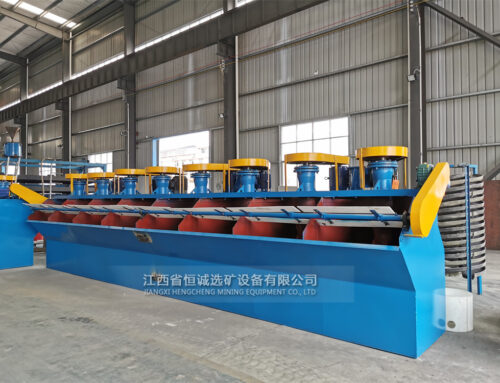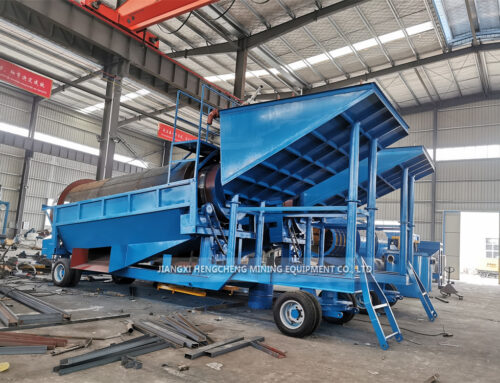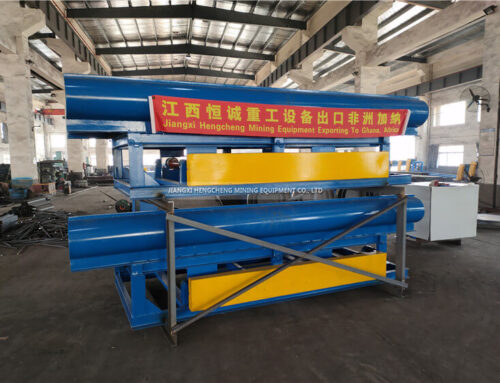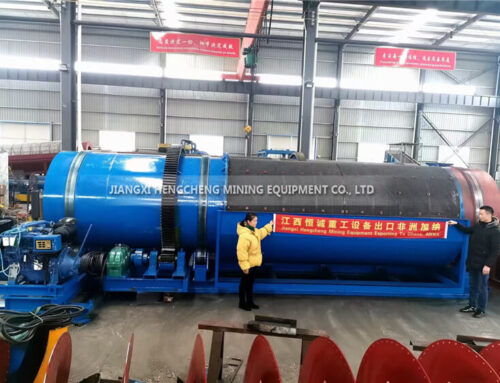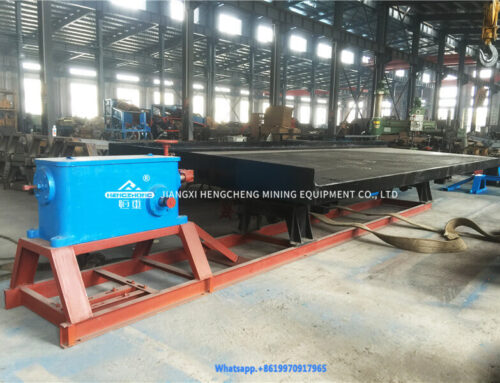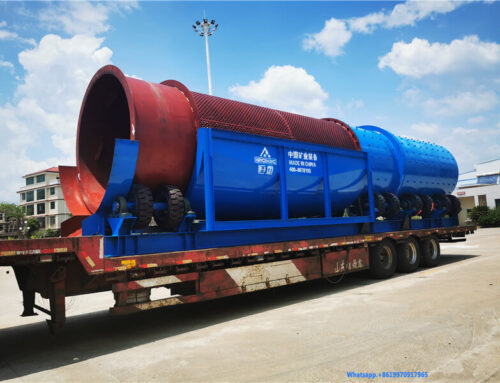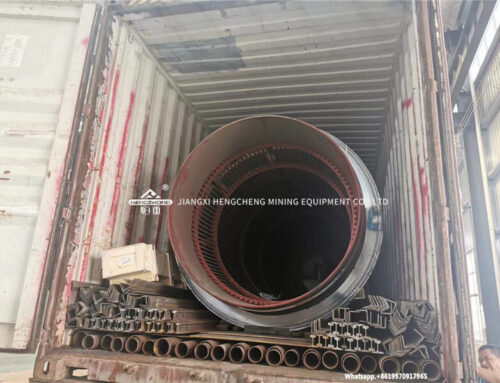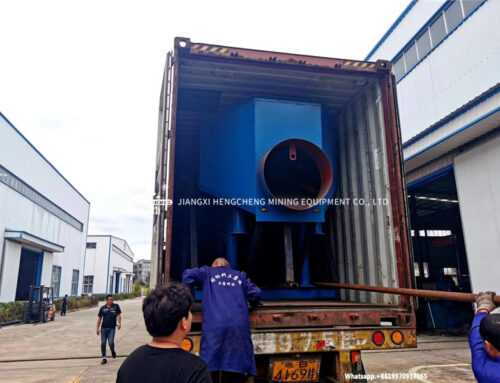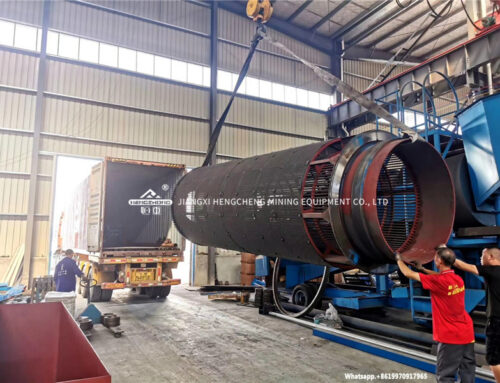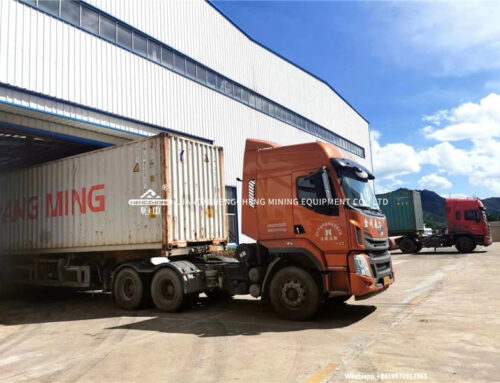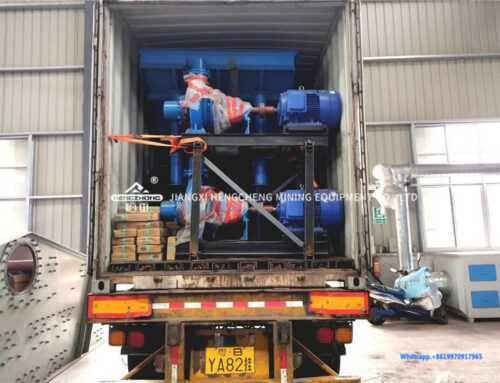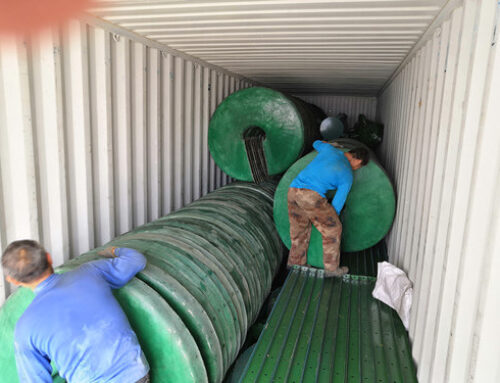Gravity separation and cyanidation are two common methods used for gold extraction in the mining industry. Each method has its advantages and disadvantages, which depend on various factors such as the type of ore, particle size, concentration, and environmental considerations.
For small-scale rock gold mining, gravity separation is often considered better than cyanidation for several reasons:
- The equipment required for gravity separation is relatively inexpensive and can be operated by small-scale miners.
- Cyanidation requires the use of hazardous chemicals, which can be difficult to obtain and handle safely for small-scale operations.
- Gravity separation can recover coarse and fine gold particles, whereas cyanidation is more effective for fine gold particles.
- The environmental impact of gravity separation is generally lower than that of cyanidation.
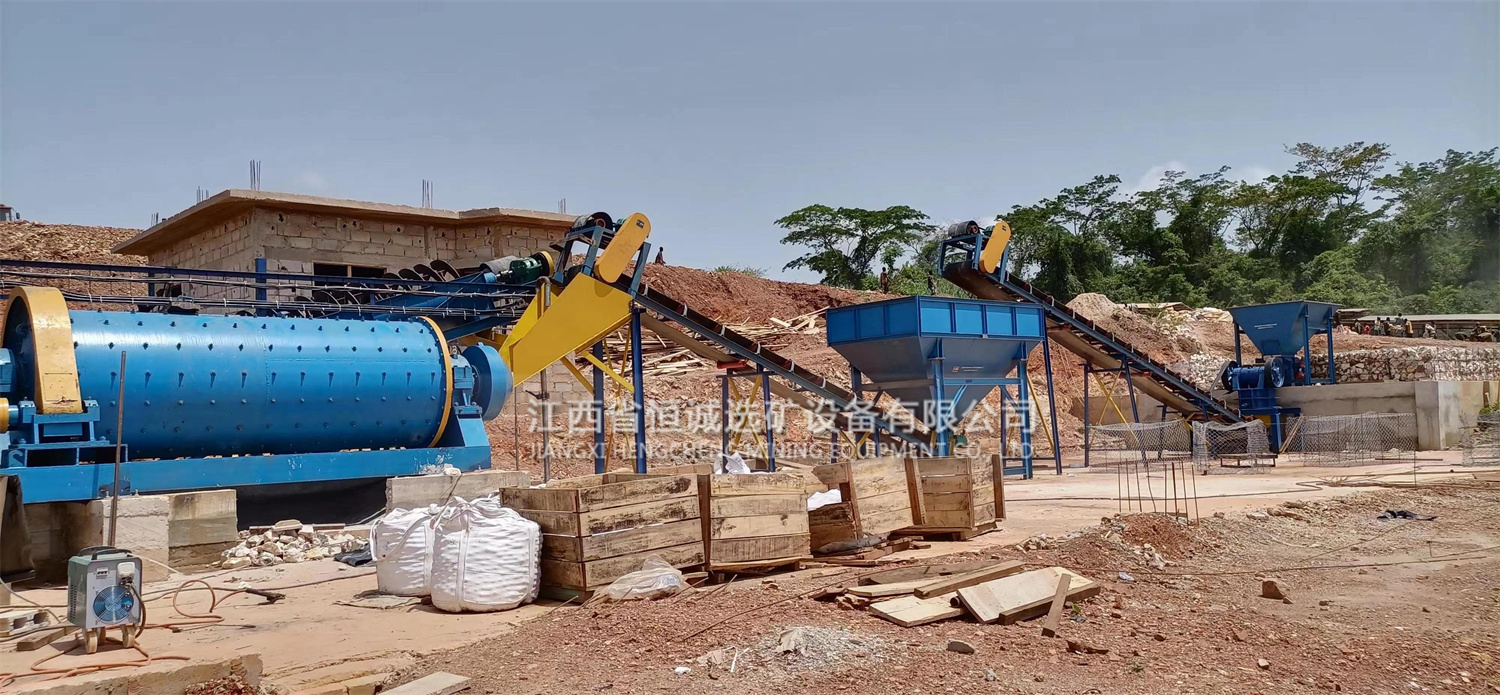

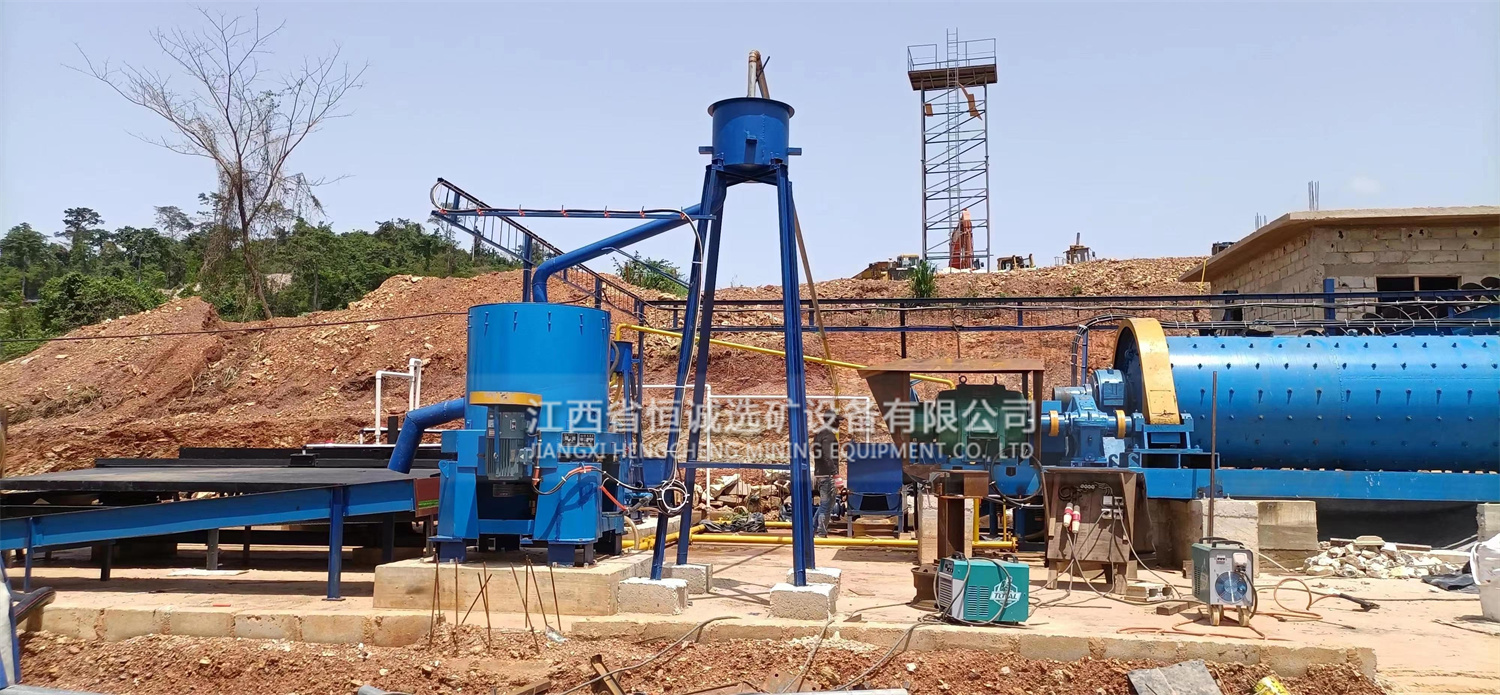
Advantages of gravity separation:
Low cost and simple operation compared to cyanidation
Suitable for a wide range of particle sizes
Does not require the use of hazardous chemicals
Can be used to recover other minerals besides gold, such as tin and tungsten
Disadvantages of gravity separation:
Lower recovery rates compared to cyanidation
Inefficient for fine gold particles
Limited to the processing of low-grade ores
Advantages of cyanidation:
High recovery rates, especially for fine gold particles
Can process high-grade ores
Can be used to extract gold from refractory ores
Disadvantages of cyanidation:
High operating and maintenance costs
Requires the use of toxic chemicals that can cause environmental damage
Can generate hazardous waste products
However, it’s worth noting that the choice of method ultimately depends on the specific characteristics of the ore and the mining operation. In some cases, a combination of gravity separation and cyanidation may be the most effective approach for gold extraction.

